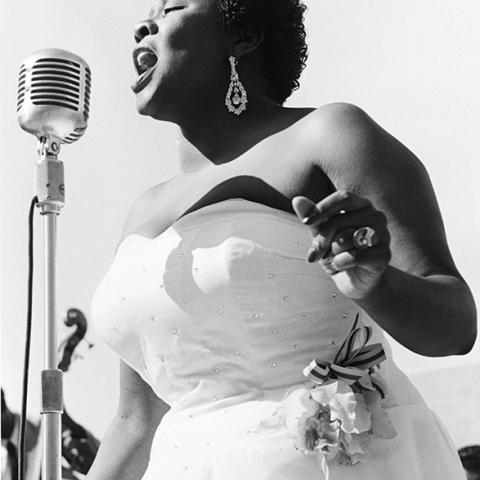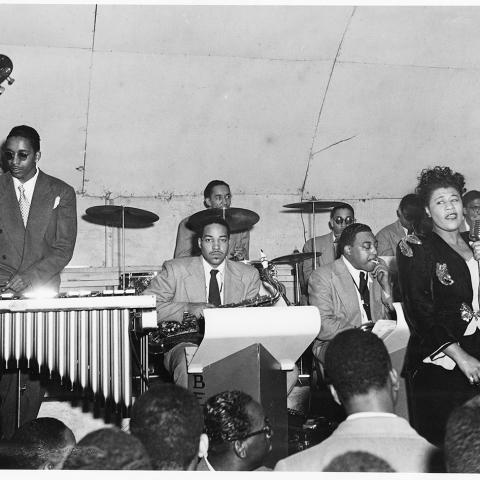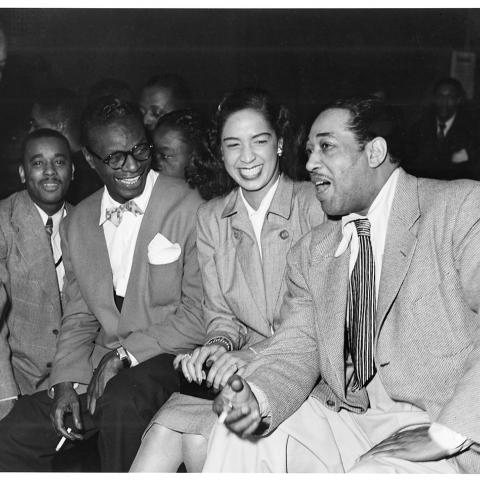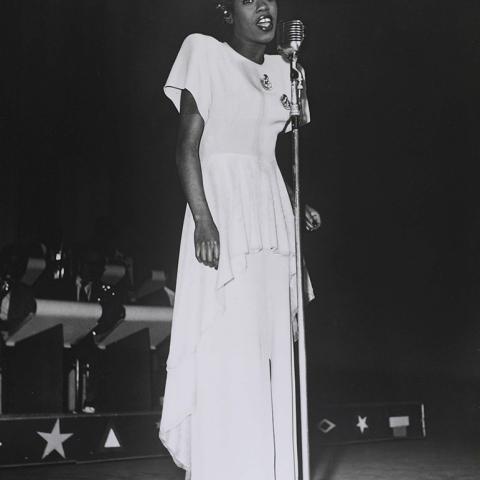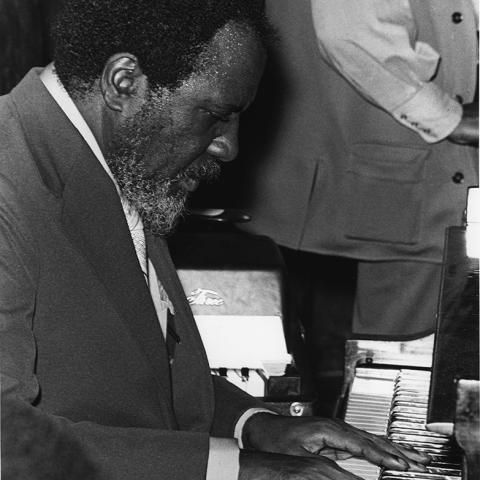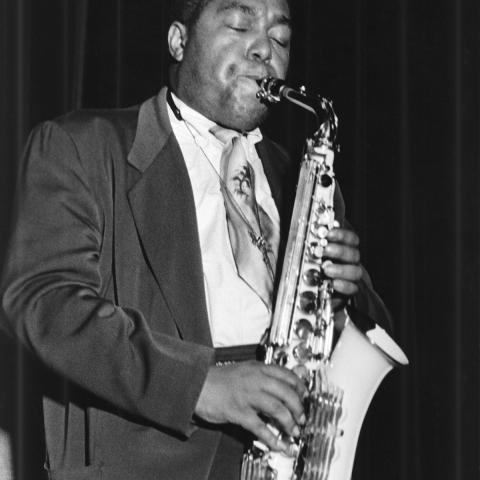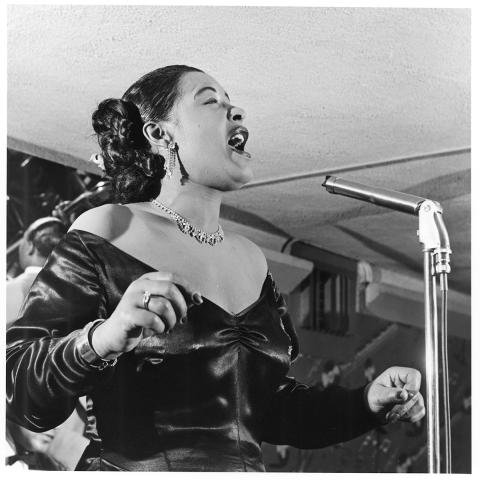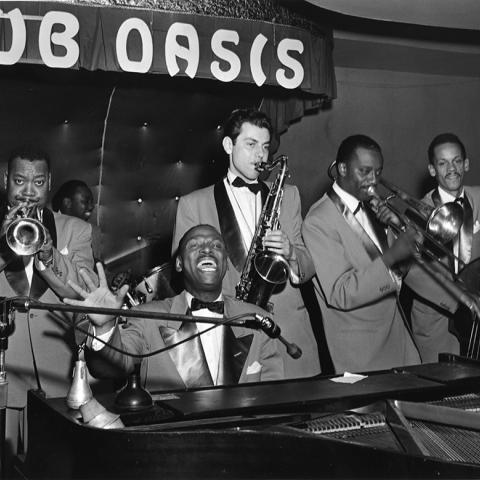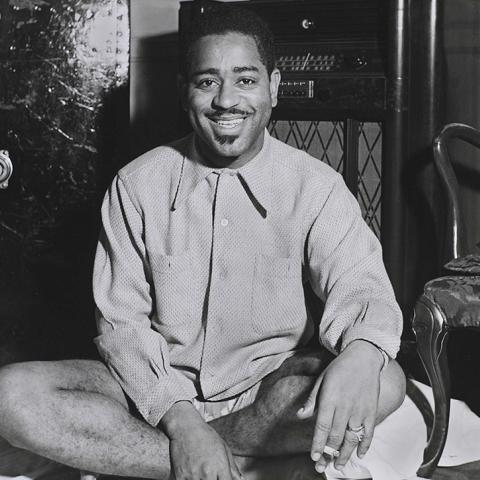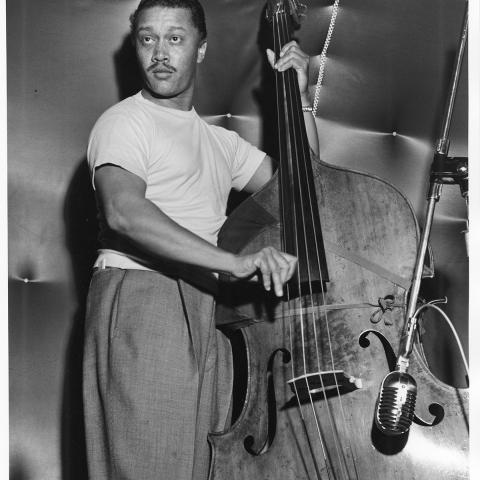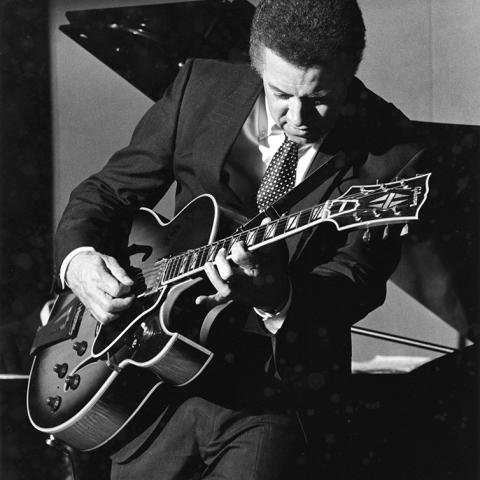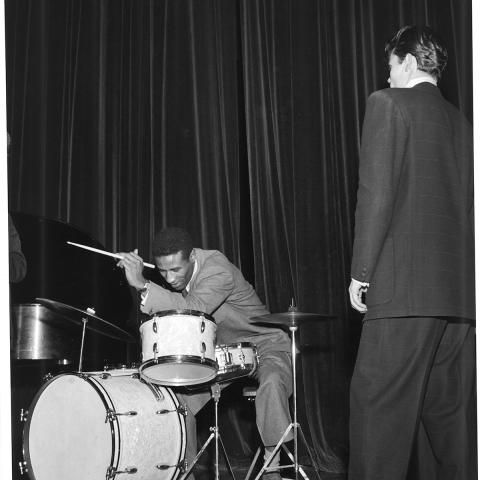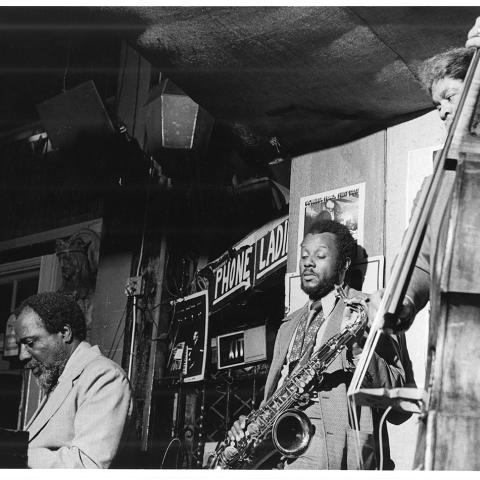Bob Douglas: A Twentieth Century Jazz Photographer
by Keith Rice, Ph.D., Historian/Archivist, Tom & Ethel Bradley Center - October 01, 2024
Robert “Bob” Roscoe Douglas was born in Detroit, Michigan in 1921. After graduating from high school, Douglas attended Henry Ford Trade School and worked at the Ford Motor Company. In the 1940s even in northern cities such as Detroit, Black folks were reminded that Jim Crow existed outside of the South. Faced with limited career options due to racial discrimination while working at Ford Motor Company he bought a camera and taught himself photography.
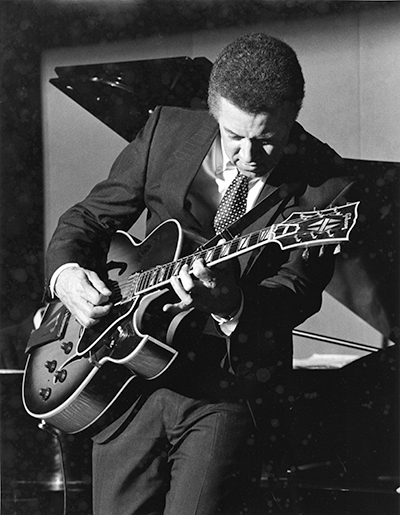 Douglas began his career in Detroit by specializing in nightclub photography. In 1943, Douglas started working as a photojournalist for the Detroit office of the Pittsburgh Courier, one of the leading Black owned newspapers in the country. Douglas also worked for the Black owned Michigan Chronicle to cover social events, sports, fraternity dances, and a large variety of local events. Douglas always loved music so while working for the Courier he also began photographing local and national jazz artists performing in Detroit. Douglas considered it the happiest period of his life because he was busy, and the musicians accepted him. During this time Douglas established professional relationships and friendships with many of the jazz artists of the era.
Douglas began his career in Detroit by specializing in nightclub photography. In 1943, Douglas started working as a photojournalist for the Detroit office of the Pittsburgh Courier, one of the leading Black owned newspapers in the country. Douglas also worked for the Black owned Michigan Chronicle to cover social events, sports, fraternity dances, and a large variety of local events. Douglas always loved music so while working for the Courier he also began photographing local and national jazz artists performing in Detroit. Douglas considered it the happiest period of his life because he was busy, and the musicians accepted him. During this time Douglas established professional relationships and friendships with many of the jazz artists of the era.
In 1948, Douglas relocated to Los Angeles to attend the Fred Archer School of Photography. He continued to work for the Courier on weekends, mostly covering social events. After graduating in 1950, Douglas went back to Detroit for a visit. On the drive back to Los Angeles Douglas stopped in Chicago and met John Johnson of Johnson Publishing Company, publisher of Jet and Ebony magazines. Douglas started freelancing for Ebony while working for the Courier. After Douglas stopped working for the Courier, he worked for other Black-owned publications such as the California Eagle and the Los Angeles Sentinel in addition to photographing portraits.
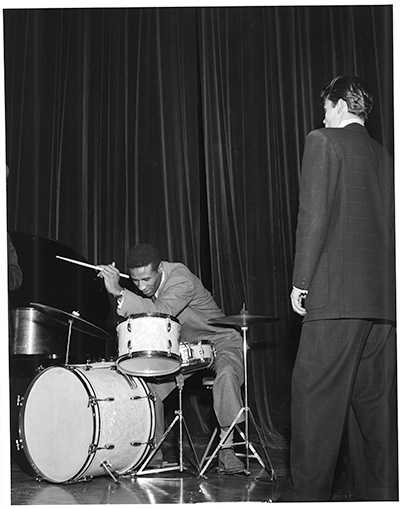 For most of his 50-year career as a photojournalist “Bob” Douglas did not identify himself as a jazz photographer. Douglas shot photographs of the musicians playing the music that he loved more as hobby and for fun. Douglas admitted that many of the negatives from his photojournalism jobs he got rid of. However, for his jazz images he documented the subjects, location, dates, and stored them away. Fortunately for the Bradley Center, Douglas started photographing jazz artists in the days when photographers could freely go into a venue and take the most rare and intimate photographs.
For most of his 50-year career as a photojournalist “Bob” Douglas did not identify himself as a jazz photographer. Douglas shot photographs of the musicians playing the music that he loved more as hobby and for fun. Douglas admitted that many of the negatives from his photojournalism jobs he got rid of. However, for his jazz images he documented the subjects, location, dates, and stored them away. Fortunately for the Bradley Center, Douglas started photographing jazz artists in the days when photographers could freely go into a venue and take the most rare and intimate photographs.
Douglas’s entry into photography occurred as jazz was delivering its new offspring, bebop, and Bob Douglas was there to capture the younger generation of jazz musicians creating it. Some of the most influential bebop artists photographed by Douglas include, alto sax player Charlie Parker; tenor sax player Dexter Gordon, trumpeter Dizzy Gillespie; pianist Thelonious Monk; and drummer Max Roach.
Since Douglas did not consider himself a jazz photographer, he was late to joining the photography exhibition community. His first exhibition took place at the Black Gallery on the late 1980s. In May 1998, Bradley Center (formerly the Center for Photojournalism & Visual History at California State University, Northridge) founding director Dr. Kent Kirkton co-curated an exhibition of Douglas’s work with Douglas at the Watts Labor Community Action Committee (WLCAC). Unfortunately, Bob Douglas passed away in 2002 and the whereabouts of his amazing body of work has remained unknown. However, the 85 copy slides created by Douglas to make the prints for the WLCAC exhibition and the prints themselves are archived and accessible at the Tom & Ethel Bradley Center and Special Collections & Archives.
Image Gallery
Post tagged as: bradley center, photographs, united states
Read more Peek in the Stacks blog entries
